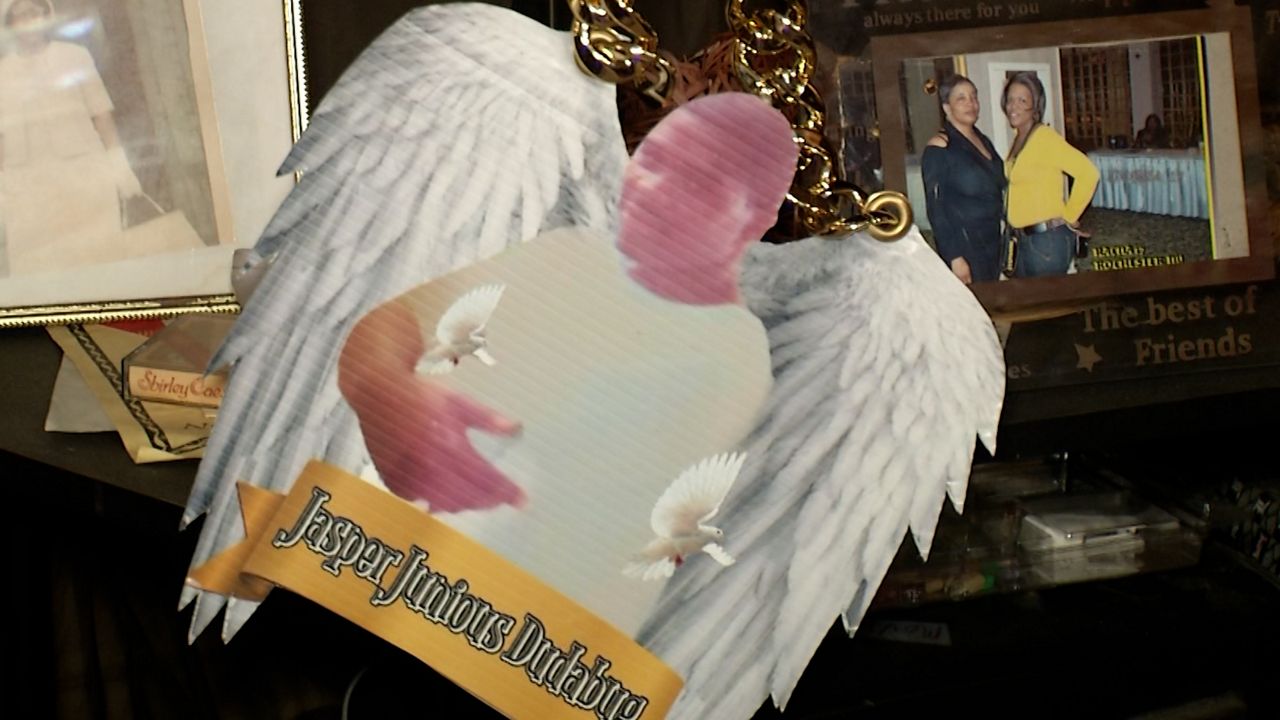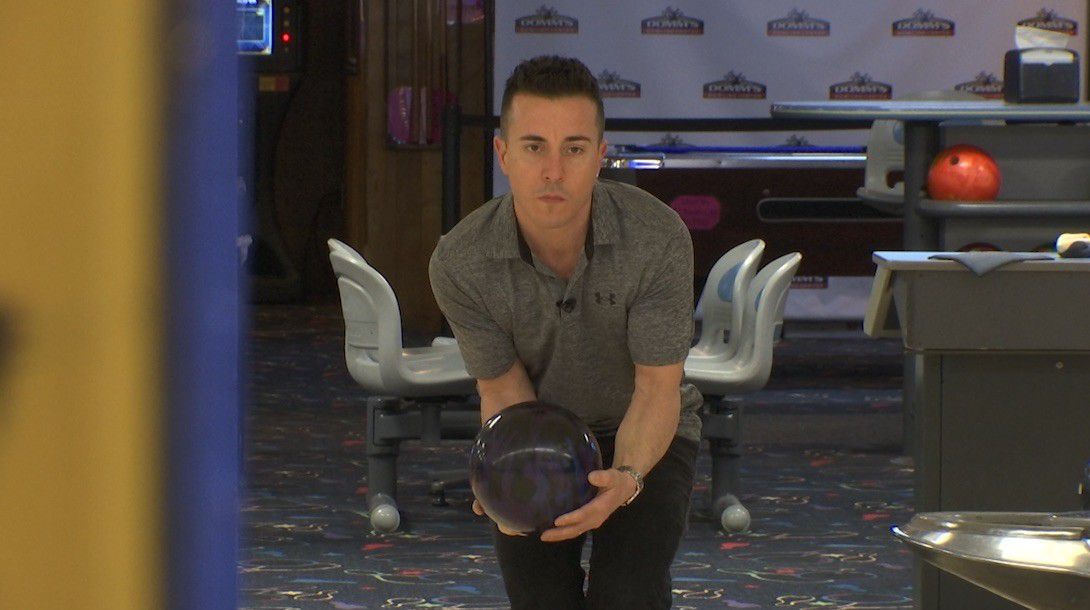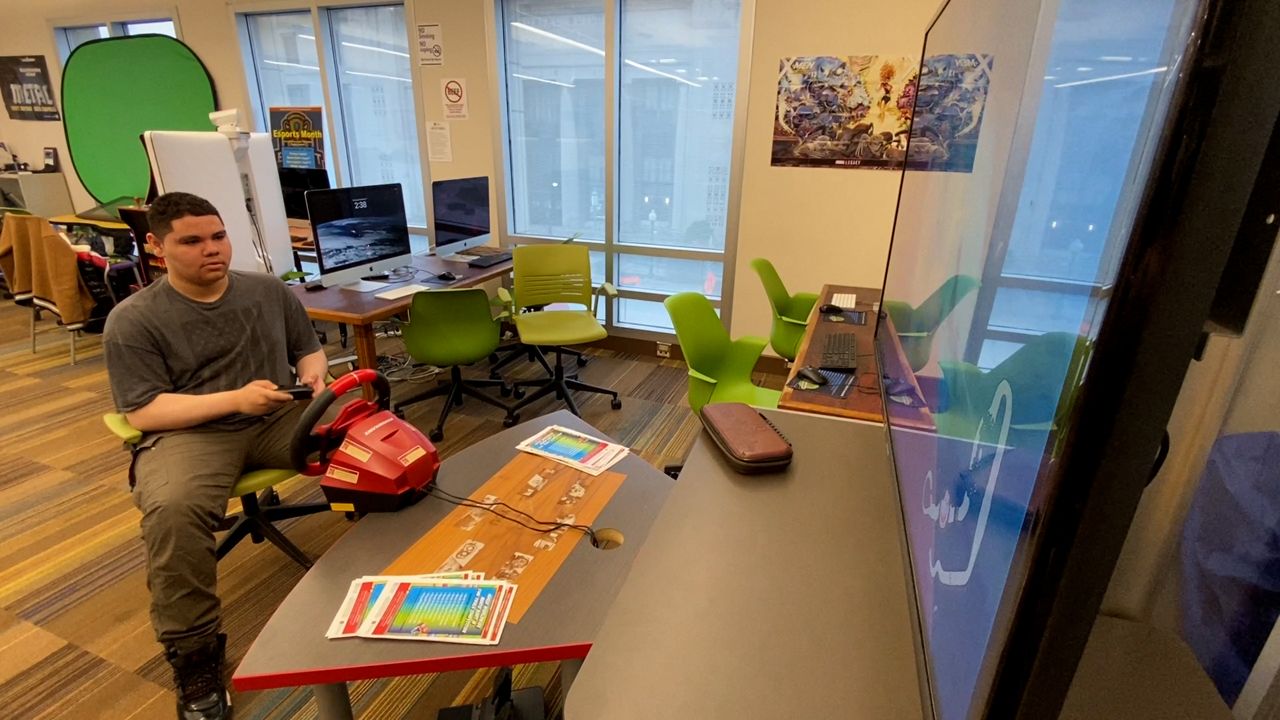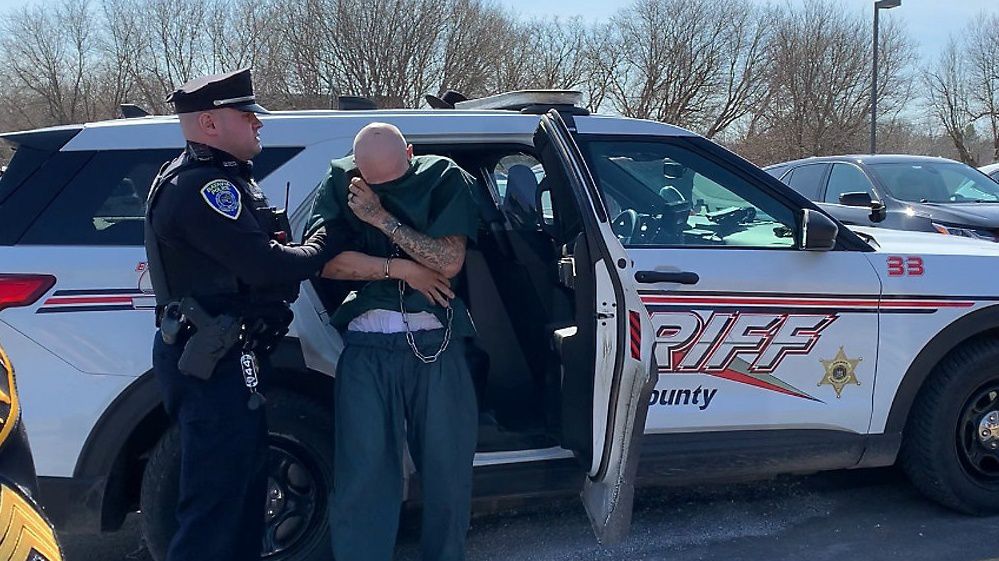ROCHESTER, N.Y. — From cigarettes to tools and even a hot dog, these students have seen it all.
“You can really tell the habits of the people in the area. There were 90 cigarettes and about 70 of those were the brand Lucky Strike, which I had never heard of before, but apparently a lot of people there like that brand,” RIT student researcher Autumn Potts said.
The Rochester Institute of Technology has partnered with the city of Rochester and Seneca Park Zoo, connecting their groups with the community and the community with pollution cleanup.
“Instill in them the importance of protecting our green spaces and our natural areas that we can enjoy,” city of Rochester environmental educator Amanda Little said. “We play in it, we spend time with family. It's a great place for the community together. So we really want kids to have ownership of the natural spaces that they live in. And then hopefully as they get older, they will continue to feel that way about it and continue to want to protect it for generations to come.”
Researching data through its new plastic pollution cleanup technology — the "Littatrap."
“They are these metal mesh baskets,” Potts said. “They get retrofitted into storm drains and then they have these rubber flaps on the side that prevent trash from being washed away. Everything in the basket would get taken back to the lab, where we would dry it and then sort it. And the new way, the organic and the anthropogenic.”
Funding and support for this is provided by the National Oceanic and Atmospheric Administration, the Marine Debris program and New York Sea grant. The Littatraps have been able to help address, analyze and prevent pollution.
“Whenever we have some of these cleanups or we're doing the stormwater drains, we'll always have people in the community just come up like, what are you doing,” RIT school of chemistry and materials science faculty member Nathan Eddingsaas said. “And so then we can just kind of talk with them about it. So just on an individual basis, we're able to kind of get a one on one and get more information out there.”
These efforts are helping to remove plastic through the streets of Rochester and, eventually, statewide.
“We're working on extending the system to both over to two other cities, to Buffalo and to Syracuse,” Eddingsaas said. “Get a better sense of what goes on and be able to have more community engagement, as well as also be able to see in terms of how the data translates to the different cities.”
Using the first of its kind innovative technology to remove plastics and other debris at sites across the region, and for future generations.
“It's just really important for everybody to understand that they have the power to make the change,” Potts said. “And if we can employ that from a young age, not only can they sort of grow up into that role, but they also have the power to spread that knowledge throughout their peers and their parents and their communities.”









